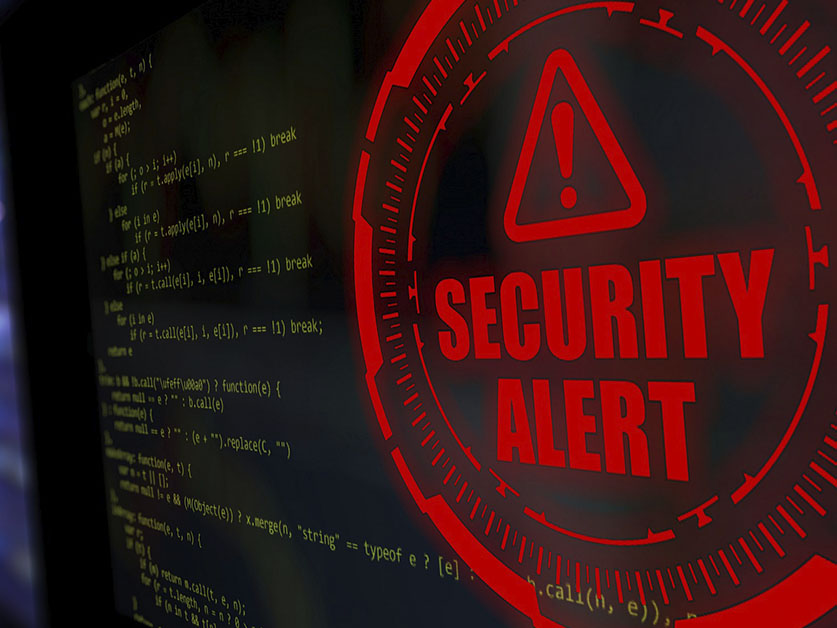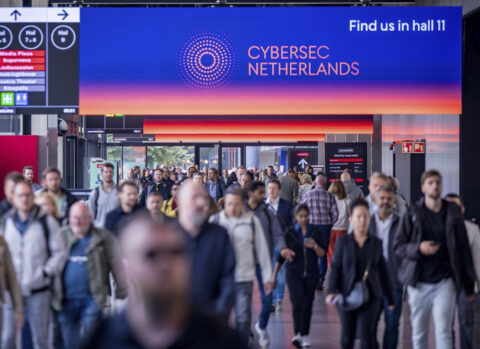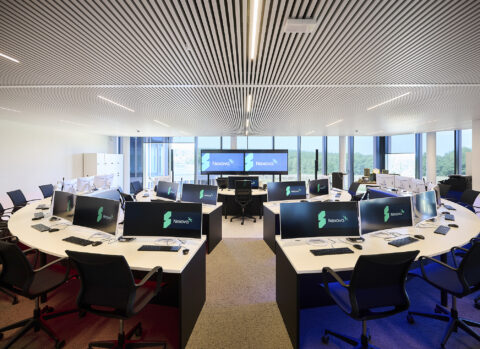How E-Storage is Tackling the Top Cybersecurity Threats of 2024: Trends, Challenges, and Solutions
Cybersecurity threats are evolving at an alarming pace, impacting businesses globally. From cloud security and remote work vulnerabilities to AI-driven attacks, the landscape is more complex than ever. In this article, E-storage explores the six most pressing trends and how organizations can build resilience to stay ahead of these emerging risks.
What are the most pressing cybersecurity threats?
Threats in cybersecurity are constantly changing and pose significant challenges to organizations. Currently, we see six major trends: cloud, remote working, IoT, software supply chains, AI and social networking. Together, they are causing a huge increase in the number of problems, from (encryption-less) ransomware and phishing to data exfiltration and social engineering.
With the migration of data and applications to the cloud, companies are facing cloud-related risks ranging from massive DoS attacks to compliance issues and malware. And as the digitization of society continues at a rapid pace, there are expected to be about 30 million IoT devices by 2030. They are a vulnerable entry point that hackers use to penetrate corporate networks.
In short, the ability of criminals to collect, manipulate and target data against us will only increase in the coming years – unless we do something about it now.
Trends in cybersecurity
As technology choices are made, there is growing awareness that organizations need a strategy tailored to their unique risks, liabilities, budget and risk appetite. There is also a growing awareness that the focus should be on building resilience, rather than just preventing attacks.
For example, a 3-2-1 backup strategy, is important to mitigate data loss due to hardware, software or human error. At the same time, the Zero Trust Architecture is gaining popularity, which relies on the Assume Breach principle to reduce risks from hacked or compromised accounts/credentials and insider threats. In addition, solutions such as Immutable Data Vaults (IDVs) are increasingly deployed to store backup data invisibly and immutably, while Cyber Recovery Capability goes a step further by using air-gap systems to physically separate backups and analyze them for malware. In an isolated recovery environment, a cyber recovery plan can be tested regularly. All this emphasizes the need to build resilience, not only through technology, but also by evaluating organizational processes and continuously adapting to new threats.
How we deal with cyber security challenges.
The E-Storage approach to demonstrable recovery has 5 phases.
- Phase 1 – Cyber Recovery Impact Analysis. In this phase, we help clients both answer the ‘why’ question and better understand the impact of security risks on organizational operations. Together, we evaluate the potential risks and consequences of a breach. The outcome provides sound understanding how recoverability is relevant within the specific client situation. In addition, the scope is established for the next phase.
- Phase 2 – Cyber Recovery Assessment. In this phase, we help clients answer the ‘how’ question. During the assessment, we examine to what extent reality matches the desired situation. In the context of the defined scope, we analyze with stakeholders what the reality in terms of recovery is: the current IT architecture (design), how it is implemented (existence) and how it works in practice (operation). In addition to the quick wins, we identify the next steps to be taken in the context of technology, process and organization.
- Phase 3 – Cyber Recovery Design. In this phase, we help clients answer the ‘with what’ question. Based on input obtained in the previous phases, we create a cohesive plan for timely recovery of the organization’s critical core systems and data, in the event of a cyber-attack or data breach: technical design + intended recovery processes + intended cyber recovery organization + required investment and running cost.
- Phase 4 – Cyber Recovery Set-up. In this phase, we help customers get the solution “working”: installation and (re)organization of processes, formation and (re)organization of the recovery team, installation and (re)organization of technical tools. The result is a data recovery solution that demonstrably (positively tested once) meets the set requirements, ensuring cyber resilience.
- Phase 5 – Cyber Recovery Assurance. Every company has its core business. We like to connect ours with that of our customers. The result for our customers is a data recovery solution that demonstrably and continuously meets the set requirements, ensuring cyber resilience.
For its customers, E-Storage operates as a business partner, taking on tasks, roles, functions or even the entire Cyber Recovery Team.
Why are events like Cybersec Netherlands important?
Events like Cybersec Netherlands are important because they help create a more secure digital future through collaboration, innovation and knowledge sharing. They provide a platform for information exchange, where experts and organizations can network and share valuable insights and strategies. This helps professionals stay abreast of the latest trends and technologies in the rapidly changing world of cyber threats. Moreover, these meetings create opportunities for collaboration and strengthen cyber resilience. And they help with policymaking and defining norms and standards, which is crucial in the ever-changing world of cybersecurity.
Register for free for Cybersec Netherlands 2024
As cyber attacks continue to threaten today’s tech landscape, this event is the premier platform for seasoned cyber security professionals and innovative start-ups to exchange knowledge and tackle cybersecurity challenges together. Organizations across all sectors will discover strategies to boost cyber resilience and safeguard critical assets. Don’t miss this chance to strengthen your cyber defenses—register for free now!












